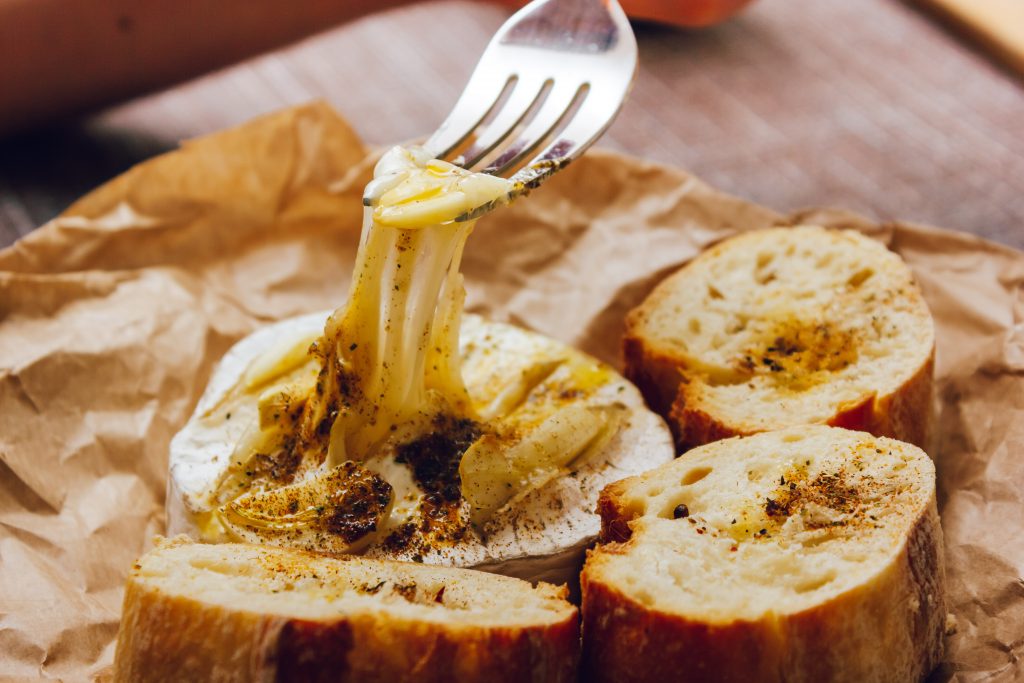
Swan Lynsey’s Range of Cleaning Essentials
17 July 2025
Cookie Privacy Preferences
We utilize essential cookies to ensure our website operates effectively and remains secure. Additionally, we'd like to request your permission to use optional cookies. These are intended to enhance your browsing experience by offering personalized content, displaying advertisements that are relevant to you, and helping us to further refine our website.
Choose "Accept all cookies" to agree to the use of both essential and optional cookies. Alternatively, select "Let me see" to customize your preferences.
Privacy Preference Centre
Our website utilizes cookies to enhance your browsing experience and to present you with content tailored to your preferences on this device and browser. Below, you will find detailed information about the function of cookies, enabling you to make informed choices about which cookies you wish to accept. Please note that disabling certain cookies might impact your user experience on our site. It's important to remember that cookie preferences need to be set individually for each device and browser you use. Clearing your browser's cache may also remove your cookie settings. You have the freedom to modify your cookie preferences at any point in the future.
For a comprehensive understanding of our use of cookies, please refer to our complete cookies policy.
These cookies are needed for the website to work and for us to fulfil our contractual obligations. This means they can't be switched off. They enable essential functionality such as security, accessibility and live chat support. They also help us to detect and prevent fraud. You can set your browser to block or alert you about these cookies, but it means some parts of the site won't work.
These cookies allow us to measure and improve the performance of our site. They help us to know how popular pages are, and to see how visitors move around the site. If you don't allow these cookies, we won't know when you've visited our site, and we won't be able to monitor its performance.
These cookies enable us to provide enhanced functionality and personalisation. They may be set by us or by third party providers whose services we've added to our pages. If you don't allow these cookies, some or all of these services may not work properly.
These cookies collect information about your browsing habits to show you personalised adverts. They may be used to build a profile of your interests and show you relevant adverts on other sites. They don't store directly personal information, but are based on uniquely identifying your browser and internet device. If you don't allow these cookies, the adverts you see will be less relevant.
 Lynsey's Range
Lynsey's Range

Swan x Lynsey is our new range brought to you in special collaboration with best-selling author, UK's leading homecare expert and TV's cleaning guru, Lynsey Crombie. This exciting collection has all your essential floorcare and utility products to give your home the TLC it deserves.

 Kitchen
Kitchen
 Homewares
Homewares
 Floorcare
Floorcare
 Ranges
Ranges
 Spares
Spares Sales
SalesShop the Full Lynsey Range
Shop the Full Kitchen Range
Shop the Full Housewares Range
Shop the Full Floorcare Range
Shop the Full Lynsey Vacuum Range





Camembert is a cow's milk cheese that is tender, velvety, and creamy. It was first created in Camembert, Normandy, in northwest France, around the 1790s. It's often comparable to brie cheese in terms of appearance and flavour. Thankfully, learning how to bake camembert is quite simple!
The original Camembert was prepared with raw milk. The AOC variety "Camembert de Normandie" (which accounts for around 10% of total output) is legally required to be manufactured exclusively with raw milk. On the other hand, many contemporary cheesemakers utilize pasteurized milk for hygiene and safety, regulatory compliance, or practicality.
Camembert also is available in whole wheels, making it simpler to bake with. Finally, if you have the opportunity, search for the AOC Camembert of Normandie, which will be created with unpasteurized fresh milk and is also the finest in the taste.

However, if you want to create baked Cheese (which is often offered in slices), one should be able to buy tiny Brie rims these days. The amount of flow in Camembert is entirely determined by its freshness and ripeness. The flowy the Camembert, the more mature it is. Fresh grainy Camembert will not dissolve as quickly. When purchasing the Camembert, press it gently to ensure it is soft to the touch. Camembert is meant to be eaten within ten days of the manufacturing date printed on the box.

Camembert can indeed be baked in the wooden box that it originally comes in and remove the paper sheet that it comes in. However, not all Camembert cheese comes in a wooden crate so that you can make it in a cardboard box. Camembert cheese must not be placed on a baking pan without anything around it. It will sprawl out and form a giant mess. Generally, it would be best to buy unpasteurized cheese or overcook, making the cheese solid. Make sure to bake the cheese for not more than 10-15 mins. Serve immediately for the gooey consistency.

Camembert is the most delicious cheese, including its lovely white velvety and creamy, almost gushing feel. Camembert cheese's delicious taste comes when served at ambient temperature rather than cold. Remove the cheese from the fridge for thirty minutes before serving. Allow the cheese to loosen up. Camembert may be used in place of butter or milk. It dissolves into spaghetti or pasta meals like mac and cheese. You can add it to potato salad, and mash the potatoes with cheezy Camembert.
Salads frequently seem healthier than they are, but sprinkling extra Camembert on top adds 100 calories and a few grams of protein. Camembert pairs well with pears, peaches, nuts of various types, such as almonds and chestnuts. You simply need to add oil and vinegar dressing for a winning salad.

The fundamental distinction between Brie and camembert cheese is that Brie has added creaminess, rendering it a somewhat smoother texture and richer in fat.
These have such an earthy flavour and scent (comparable to mushrooms), but Brie has a much more creamy and subtle flavour in some people's opinion. Camembert, on the other hand, does have a more substantial, deeper nutty flavour.




If you want to eat the Camembert raw, keep it to ambient temperature for approximately 30 minutes before eating. One of the most basic methods to consume cooked Camembert is with plenty of toasted bread, ciabatta, or crostini to tear apart and dip into the melting, velvety Cheese. Another option is to present the Cheese with wafers and possibly some cucumbers pickle or salsa around the side.
If you want to try something new, fry some potato chips or French fries and swirl those in the gooey cheesy camembert dip.

Garnish with crudités of carrot, onion, and cucumber as a quasi alternative to dunk in the Camembert. Perhaps some apple slices might complement Camembert. Garnish with a plate with roasted nuts and dried fruits such as blueberries or cranberries on the side.
In addition, add some fresh herbs that might give a nice flavour, such as thyme, cilantro, rosemary, and basil. Sprinkle little maple syrup if desired. Alternatively, add some red pepper flakes.

Now you know how to bake camembert cheese, be sure to let us know how you get on! Whether you're baking for yourself or for the whole family, it's sure to be an irresistible feast. Also - check out some of our other recipes for more tasty ideas!

Swan Lynsey’s Range of Cleaning Essentials
17 July 2025

Keep your energy bills low with Swan’s energy saving tips
10 October 2024

Holiday essentials for any occasion
6 August 2024

Mum With 11 Children Shares ‘Genius’ Hack For Keeping Their Shirts Bright White
27 July 2023
TAGS






